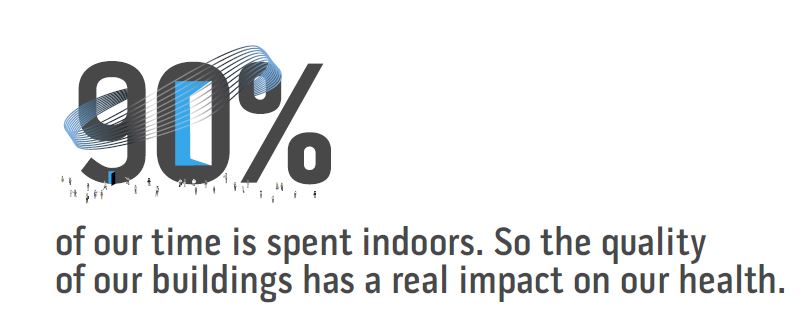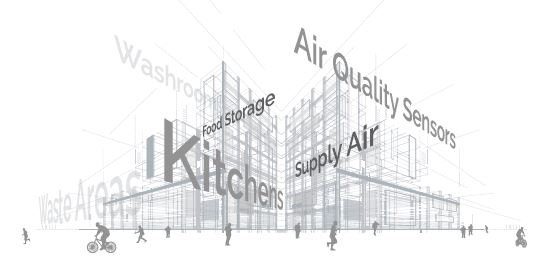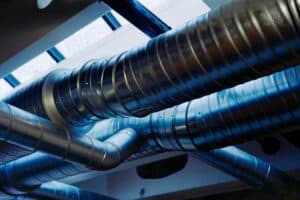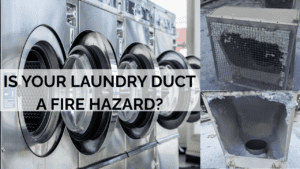We are launching our new in-depth analysis on ‘How indoor air quality can contribute to a happy, healthy and more productive workforce‘. This is a Plasma Clean guide that informs you about:
- The effect of Indoor Air Quality (IAQ) on workplace health, happiness and performance
- International standards driving better IAQ
- Designing and building with good IAQ in mind
- Total air quality solutions
This analysis helps you understand more about Building Wellness and solve IAQ problems. As Winston Churchill said “We shape our buildings; thereafter they shape us” – we talk about commercial buildings impacting on people.
Indoor Air Quality (IAQ)
In particular, IAQ has been the focus of attention over the past few years. The diesel emissions scandal has put a spotlight on NOx and diesel particulates. Even woodburning stoves have been scrutinised as they have grown in popularity in urban environments.
These emissions are generated outside of the building, but these and other pollutants are finding their way into the built environment through the fresh air supply. They affect buildings close to busy road networks, fuelling a growing need for solutions that can remove these harmful airborne contaminants.
As well as incoming air pollutants, other elements such as carbon dioxide, temperature and humidity vary in a building. Alongside Volatile Organic Compounds (VOCs) which leach from furniture and fittings and the spread of viruses and mould spores through the HVAC (Heating, Ventilation and Air-Conditioning) systems, they result in 2-5x more pollution indoors than outdoors.

We spend a huge 90% of our time indoors and consume on average 10,800L of air each day. So, at the very least, it would seem sensible to ensure that indoor pollutants are kept in abeyance. But where can we start?
In this guide we explain how HVAC systems are essential for managing the air in buildings. They are the lungs of the building, ensuring a supply of fresh air and managing temperature and carbon-dioxide levels.
However, according to the Global Environment Protection Agency, HVAC systems are the number one cause of microbial contaminants and bad IAQ.
This conflict presents a significant challenge, but there are solutions.
Solutions
In response to increasing customer demand, Plasma Clean now delivers a growing portfolio of products and services to dramatically improve indoor, as well as outdoor, air quality such as:
- Low-pressure-drop air filters to remove harmful contaminants from incoming air
- UV-C light systems to treat heat-exchange coils (inherent in HVAC systems), removing the need to manually clean them
- Standalone odour control units for washroom and waste room smells
- Kitchen ventilation grease, smoke and odour control solutions
- Air-quality sensors to continually monitor and feed back into the Building Management System (BMS)
- TR19 duct-cleaning and duct-leakage testing ensure that the building operates as efficiently as it did on handover day

Conclusion
So, Building Wellness isn’t just for the high-end tech giants and corporates. Every business has a responsibility to itself and its employees to look after its most expensive asset, making the working environment as healthy and nurturing as possible.
After all, happy, healthy people are more productive and a building with greater productivity potential has got to be attractive to prospective tenants, hasn’t it?
Download our guide today and feel free to contact Dr David Glover, Co-Founder and Managing Director of Plasma Clean, a manufacturer of a range of solutions designed to enhance air quality.
For further information visit
https://plasma-clean.com/products/indoor-air-quality/
call 0161 870 2325
or email [email protected]








